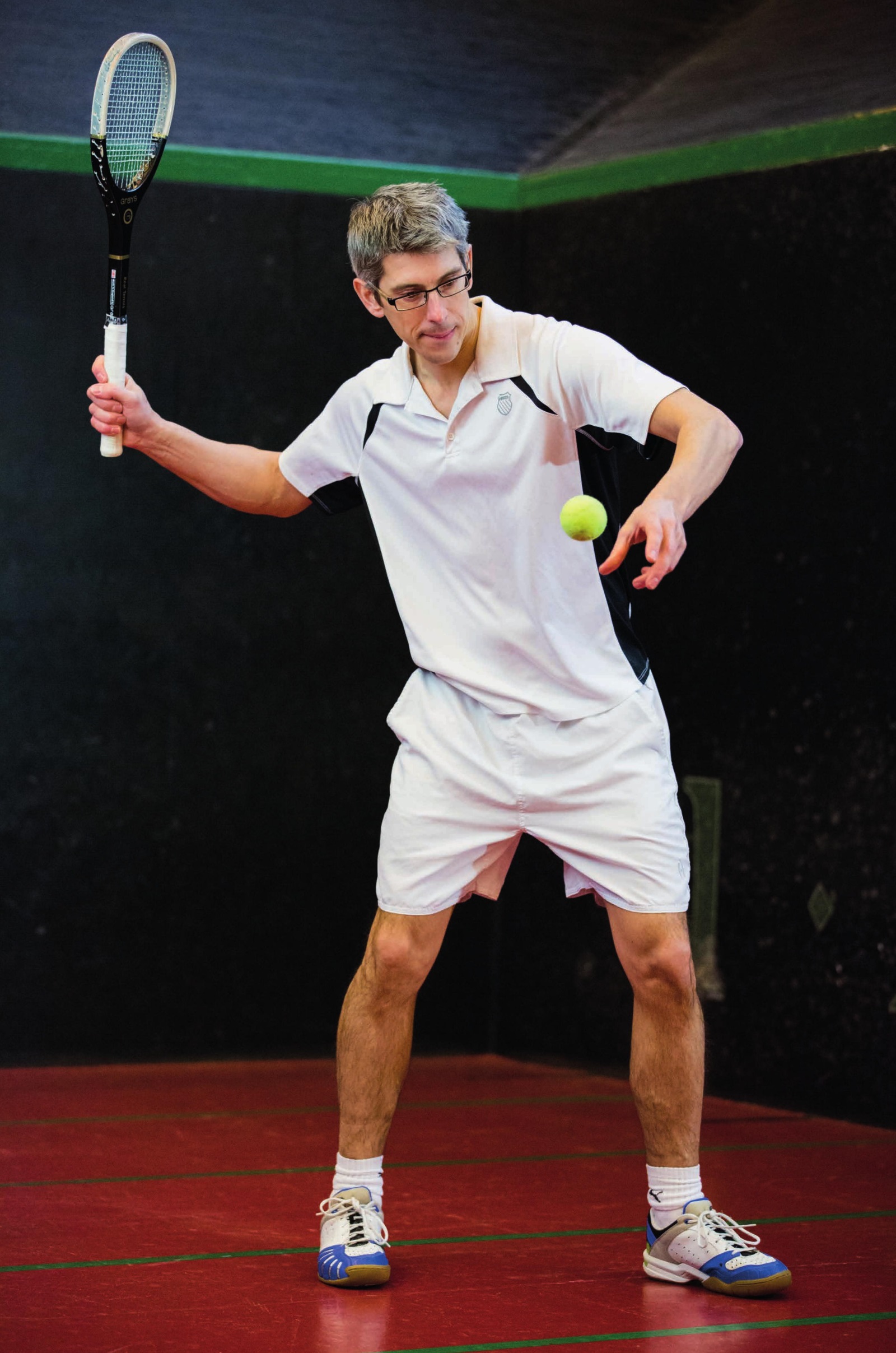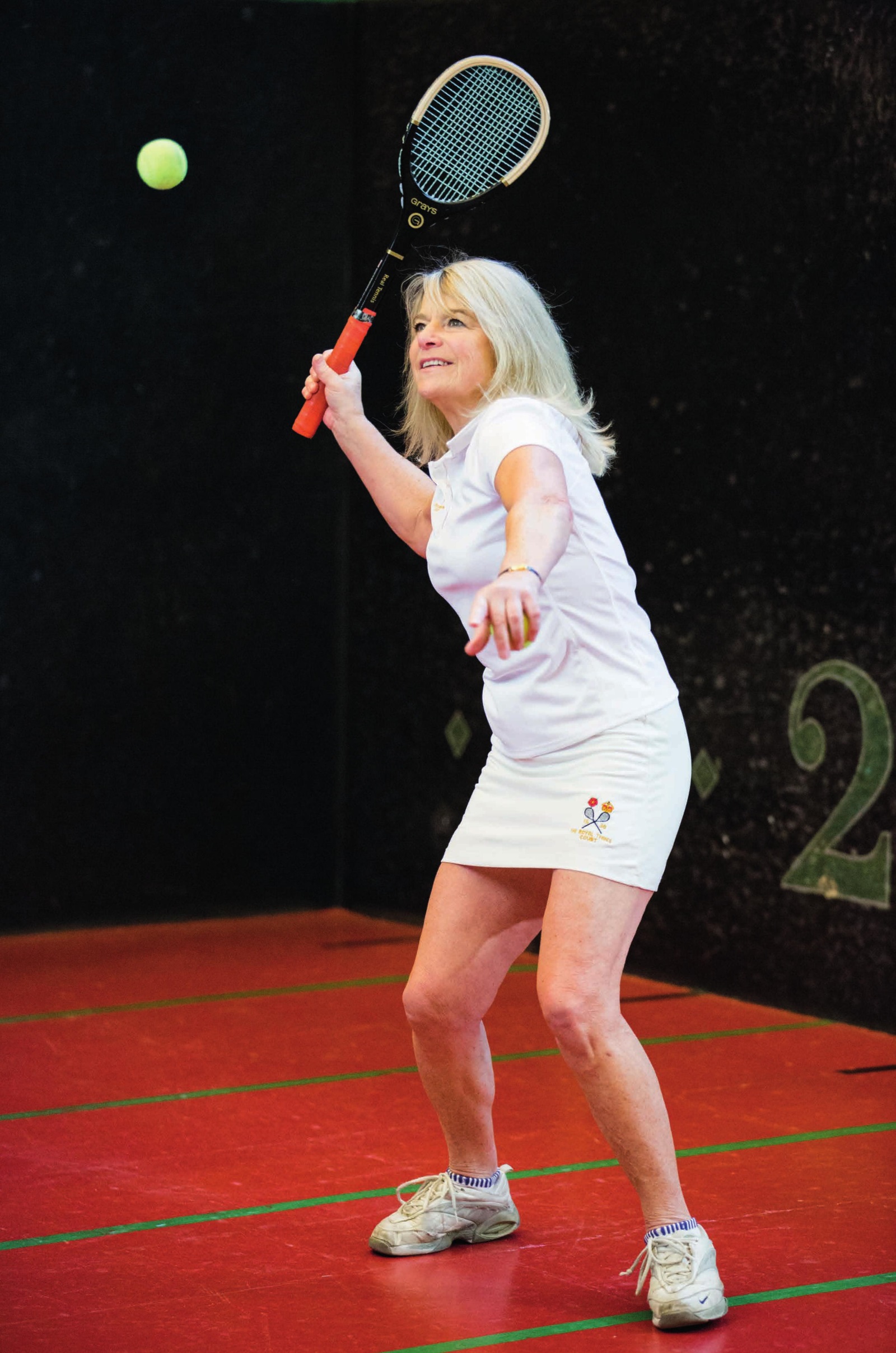The
Royal
Tennis Court
Hampton Court Palace
The first tennis court at Hampton Court Palace was built for Cardinal Wolsey, between 1526 and 1529.
As a young man, Henry VIII was a keen and talented tennis player, who spent hours on court. His second wife Anne Boleyn was gambling on a game of tennis when she was arrested to be taken to the Tower of London. She even complained that she couldn't collect her winnings!
There has been a tennis court on this site since 1625, when this one was built for Charles I. Three of the walls of the court in use today are 17th-century, with the other being Cardinal Wolsey's original.
One of the first English guides to tennis in 1553 claimed that:
“this game has been created for a good purpose, namely, to keep our bodies healthy, to make our young men stronger and more robust, chasing idleness, virtue’s mortal enemy, far from them and thus making them of a stronger and more excellent nature”
















